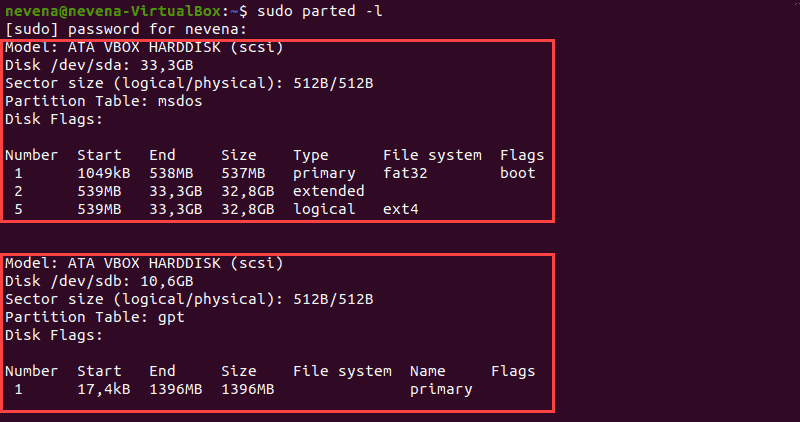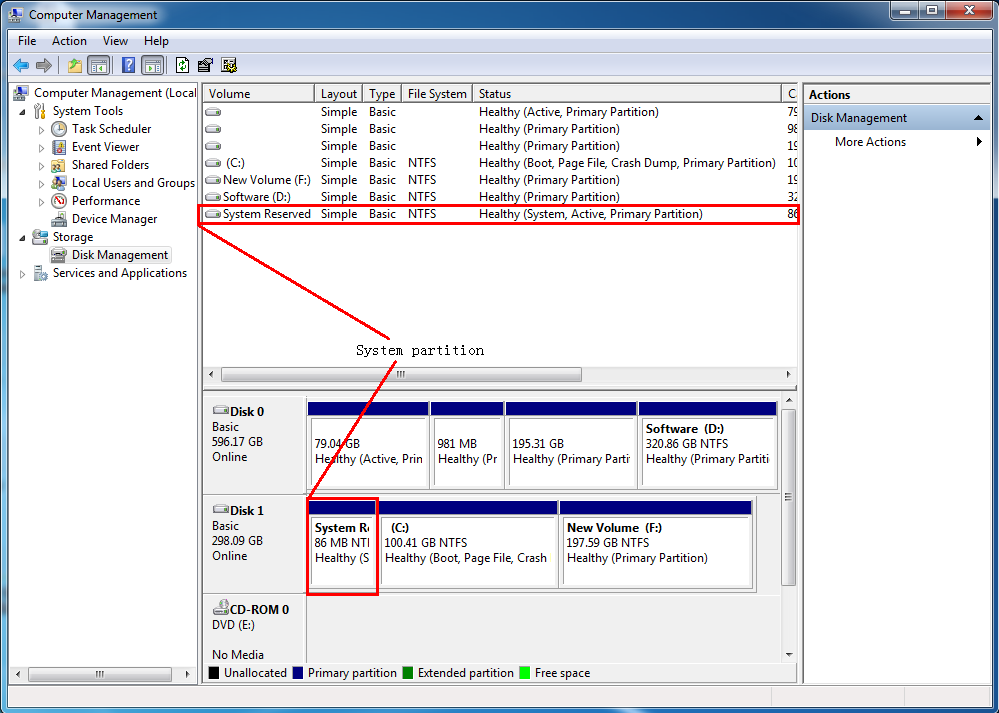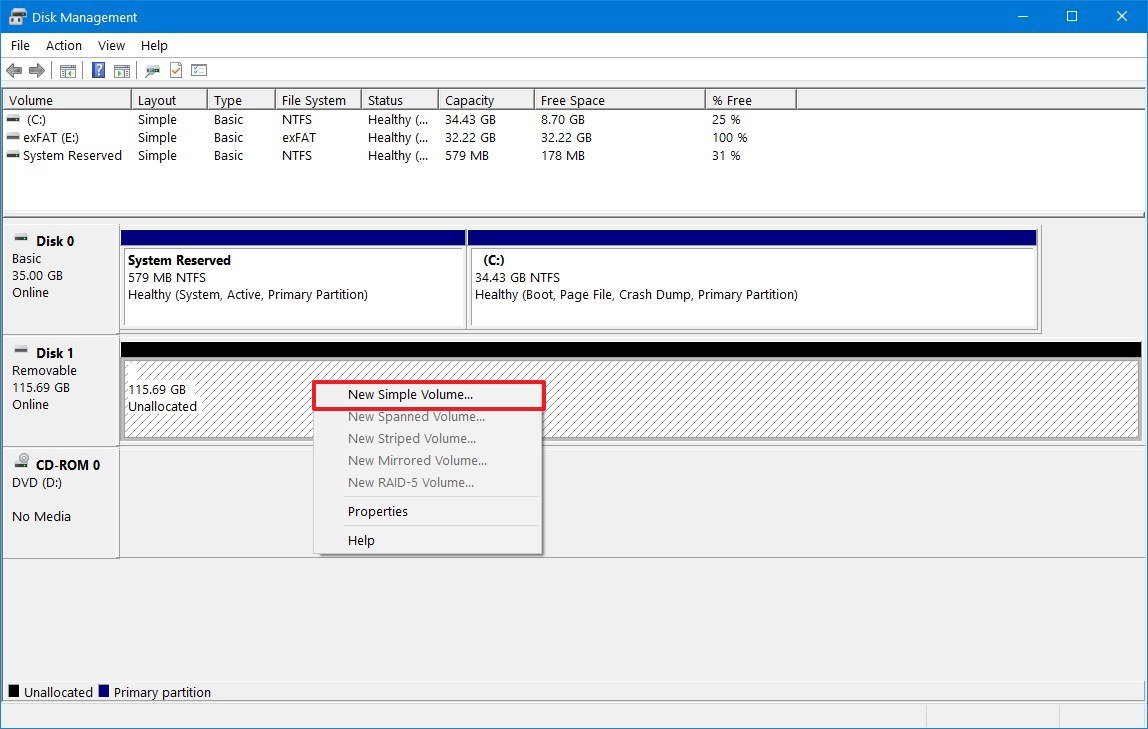

- Create boot partition addittional drive archive#
- Create boot partition addittional drive iso#
- Create boot partition addittional drive free#
You will see all your drives in the main panel. The above action will open the built-in disk management tool.
Create boot partition addittional drive archive#
Drag and drop the boot and EFI folders from Archive Manager window to the EFI boot partition. From the search results, click on the Create and format hard disk partitions option. Extract the ISO's contents to the Target's root partition.
Create boot partition addittional drive iso#
Hence why i asked if HDD will give a different result then an SSD. Open the ISO's folder as Administrator, open the ISO using Archive Manager. But the "if=" command i didn't think i needed so i left it out, i also tried to do the command with "count=100" but also got not permitted on that attempt and finally the seek part was left out because i could not see any sectors in the fdisk command. So after looking up what it all ment, i tried doing "dd of=dev/ada0 bs=512" Because i know the disk id and from my fdisk result i knew sector size was 512. It was mainly annoying because they advised using " dd if=/dev/zero of=/dev/sdc bs=512 count=100 seek=976773068 ". Deal with boot failure caused by the hard.
Create boot partition addittional drive free#
You could move the boot system partition to a larger drive or smaller one to generate more free space or get a faster speed. Most people want to move the system boot partition under the following two cases. The following steps are for a Windows XP User: You should click on Start, click Run, and then type 'compmgmt.msc.' You have to press Enter or click on OK so that you can open up the Computer Management page. Select Start & type CMD in the search field, right click on CMD.exe and select Run as administrator. Additional Tips - Why Do You Want to Move Boot Partition. Warning: All data on the USB flash drive will be lost, make sure you save any data before proceeding. Now is it possible that HDD & SSD give different results on the fdisk command? Alternatively, select Extended Windows 11 Installation (no TPM / no Secure Boot) to create a bootable drive for. Insert your USB flash drive (4Gb + preferable) into your system. You just need to follow the steps that are indicated in the Wizard, and you will be able to create one afterward successfully. Right-click on the unallocated disk area and select New Simple Volume to create an additional partition Select the drive letter, volume label and file system type (I formatted the second partition in the FAT32 file system).


One of the problems i ran into was "operation not permitted" when trying to do "zpool labelclear ada0", which i found could be solved by using fdisk command (for example i used:"fdisk -1 /dev/ada0) and i saw the result they got was very different from mine. Once you see an unallocated or available disk space, you should do a right-click on it and select New Partition. But i got some questions that don't seem to give an answer googling around. So i have been trying and googling for awhile now and while i know it's an unsupported "how to" that got linked i'm still curious about some of the hickups i've been running into.


 0 kommentar(er)
0 kommentar(er)
